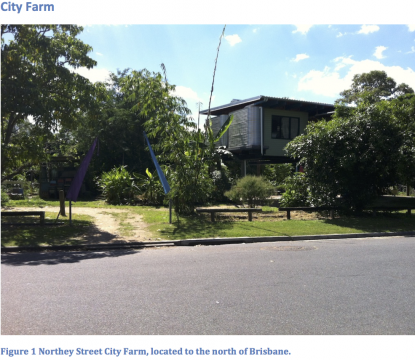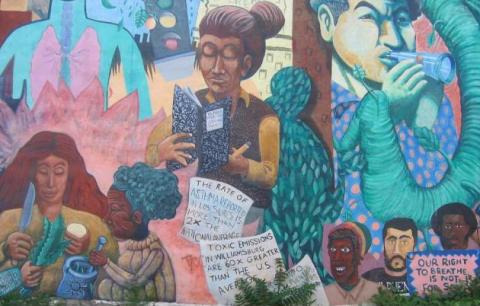Discussion:
Access to information and connections is essential to be successful in the 21st century. There is talk in many cities across the country of establishing municipal broadband- for example the grassroots organization “Upgrade Seattle” wants to “make the internet a city-owned and operated utility.” in Seattle.
A possible step further would be to create a publicly owned, operated and funded Social Network that would fill a role similar to that of radio and TV public broadcasting. The first and most obvious benefit would be the same one that comes from public broadcasting, that is- providing an alternative to the corporately owned, commercially funded media platforms, with a greater emphasis on community issues.
The services that companies like Facebook provide are valuable, and many of us willing give up a lot of equally valuable information in exchange for those services. The personal data Facebook mines from us is sold to other companies and used for market analysis, as well for generating personally targeted advertisements. A great wealth of information is produced thru all the clicks and likes and views from the users. All this data could go to good uses the private sector is not likely to be concerned with. Collection of census data and statistics for aiding scientific research are some of the immediate possibilities.
There is a need for people to have greater control over their information and how it is used. Perhaps not only a need, but a right. Then, beyond the issue of how our information is used, there’s the issue of how information filters to us through our “feeds.” The posts we see from our friends and the pages we follow (as well as advertisers) are sifted and prioritized based on hidden algorithms. There should be concern about how this system can create personal bubbles and opinion echo-chambers. Not to mention how it could influence people’s mental states (based on whether they see more police shootings or puppy videos, for example).









